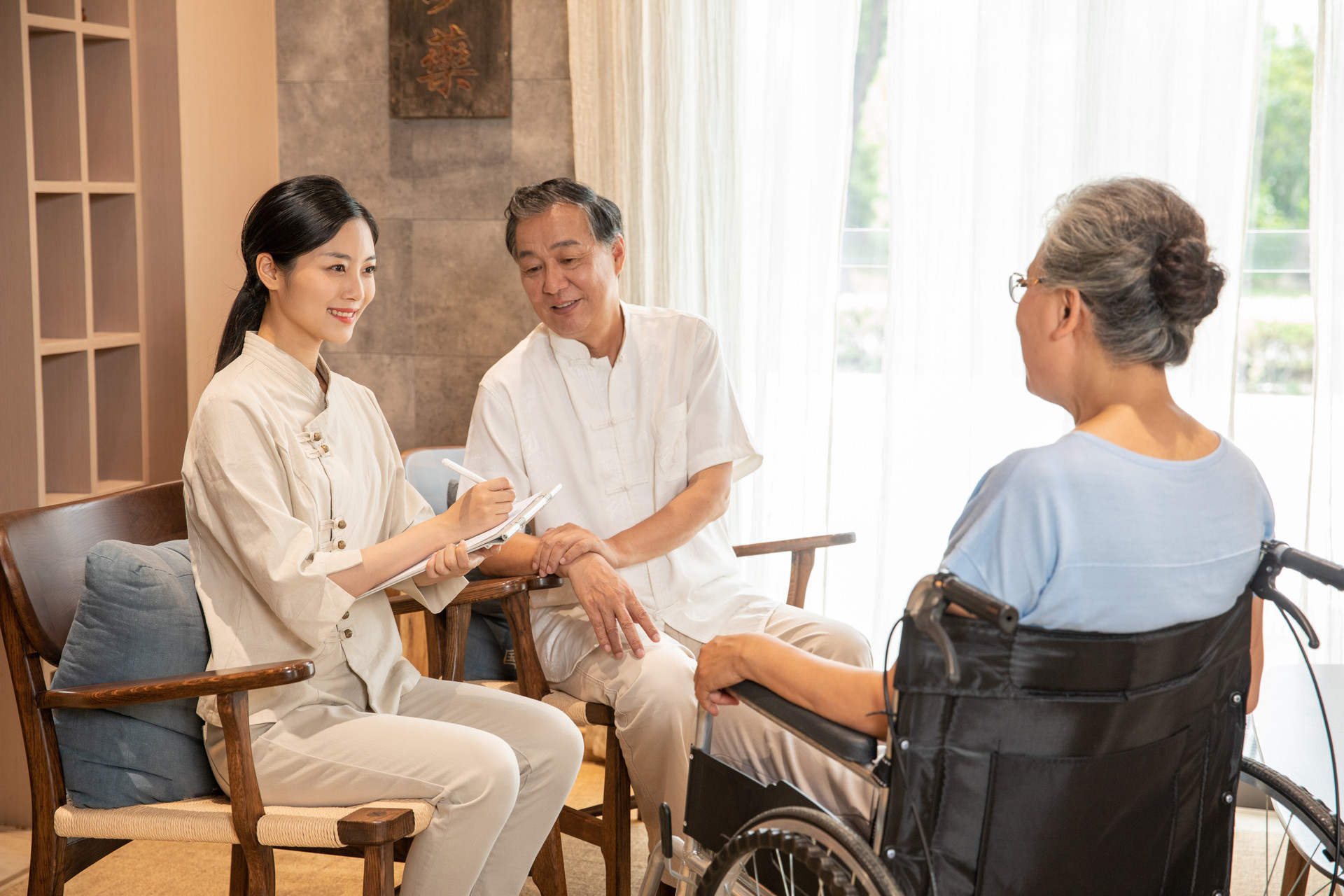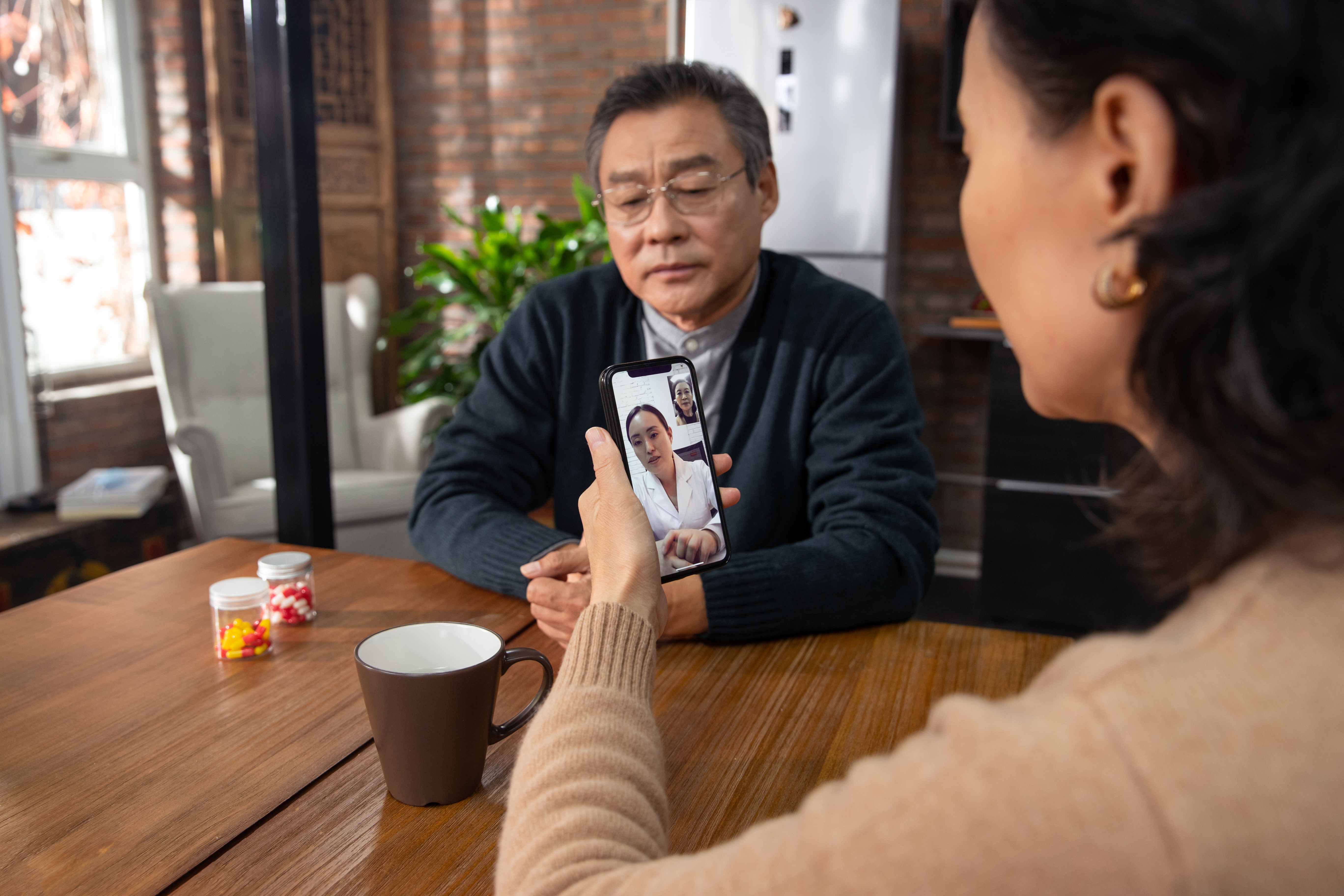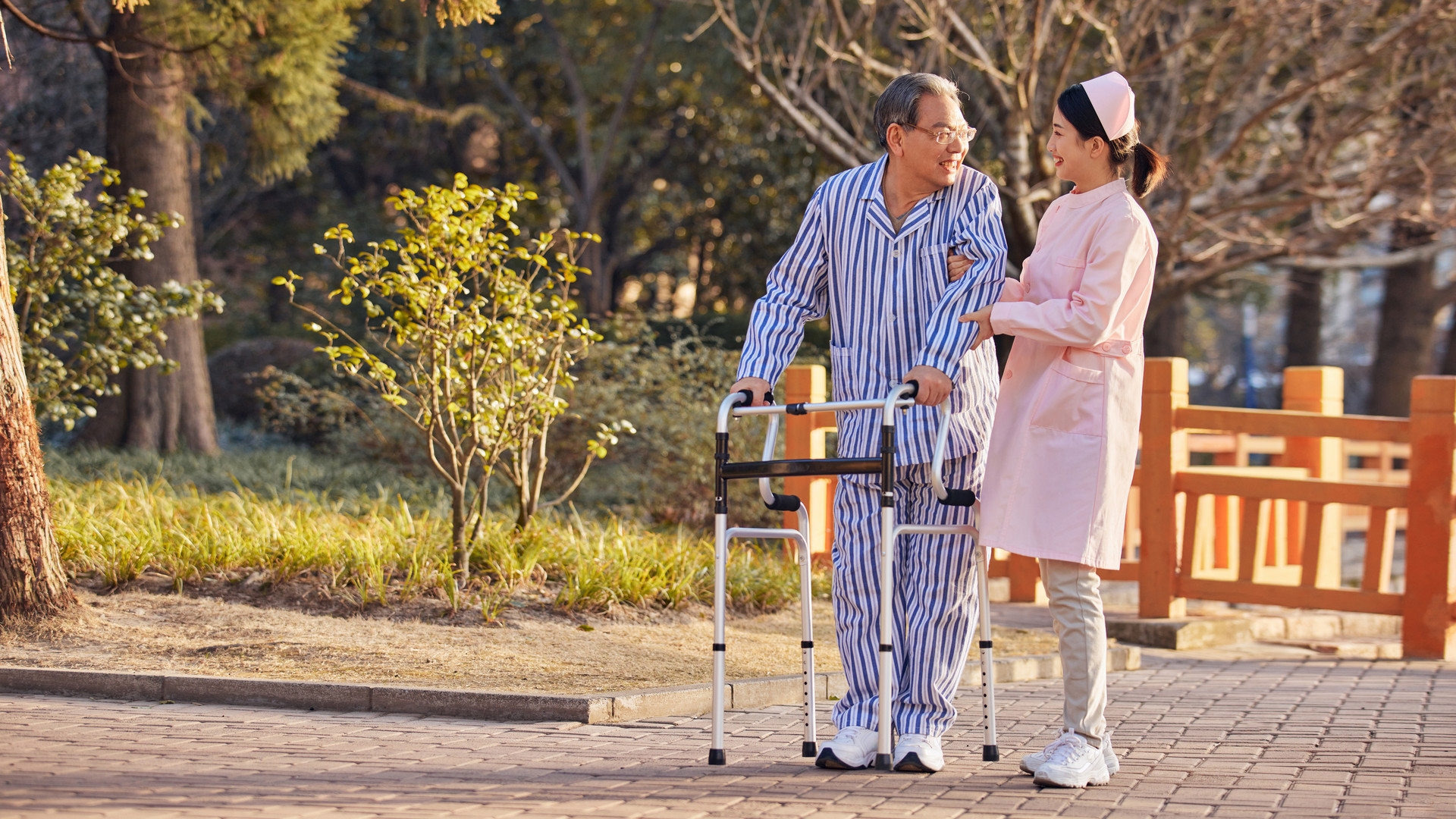
As the temperature gets colder, elderly people with weak constitution are more susceptible to cold invasion. The invasion of cold can lead to a decline in the elderly's immune system and an increase in the incidence of various chronic diseases. Therefore, in the late autumn season, the elderly should pay attention to keeping the following parts warm to prevent cold invasion.
1. Head
The head is the "meeting point of all yang", the most vigorous part of the body's yang energy. Therefore, when exposed to cold wind, the head is the most vulnerable. The invasion of cold into the head can cause colds, rhinitis, headaches, toothaches, trigeminal neuralgia, etc. For middle-aged and elderly people with hypertension and cerebral arteriosclerosis, it can also lead to hypertension, acute myocardial infarction, stroke, etc. When the temperature drops suddenly, the elderly can wear a thin velvet hat when going out, and protect their heads in case of rain to avoid getting wet. It is recommended to comb the hair more than a hundred times every morning to make the scalp slightly warm, which is beneficial for the smooth flow of meridians and collaterals in the head, promote the upward movement of yang energy, and regulate the flow of qi and blood in the hundreds of vessels. It is best not to wash the hair at night, and if washing is necessary, make sure to dry it with a towel or blow dryer afterwards.
2. Mouth and Nose
The mouth and nose are the passages for air intake and outflow, and cold air can enter the lungs through breathing. Nausea, vomiting, coughing, sputum, nasal congestion, sneezing, etc. are all manifestations of cold invasion in the mouth and nose. In the late autumn season, it is recommended that elderly friends wear masks when going out.
3. Neck
The neck is the "fortress" of the human body, connecting the head and the trunk. It is the most important part of the central nervous system and the necessary pathway for cardiovascular and cerebrovascular circulation. If it is exposed to cold, it not only aggravates cervical spondylosis but also triggers other chronic diseases. Therefore, in the late autumn, the elderly should wear high-collar clothes and scarves when going out, which is beneficial for the prevention of cardiovascular diseases.
4. Navel
The navel is the most vulnerable to cold and is weak in barrier function. It is prone to catching cold and getting wind cold. Therefore, on cold days, the elderly can use hot water bags, warmers, etc. to keep the navel warm. They should also wear close-fitting cotton vests to avoid catching cold.
5. Waist
The waist is the residence of the kidneys, and the "belt meridian" surrounds the waist. If the waist is exposed to cold, it is prone to pain and general weakness. Therefore, it is best for the elderly to choose long clothes or wear waist protectors. During leisure time, they can rub their waists with both hands. After generating heat from rubbing, they can press firmly on the waist eye for a while, and then rub downwards to the coccyx bone with force, repeating this 50 to 100 times each time. This helps to warm the kidney yang and promote the smooth flow of qi and blood.
6. Sole of the Foot
The subcutaneous fat layer of the foot is thin and has poor insulation. It is far from the heart, which can easily lead to poor blood circulation. Once the foot is exposed to cold, it can lead to a decline in disease resistance, and patients with chronic bronchitis, asthma, rheumatoid arthritis, etc. are prone to recurrence of old diseases. It is recommended that the elderly wear warm and breathable, moisture-absorbing cotton socks. Every night before going to bed, soak the feet in water at around 40°C for 20 minutes to dispel cold from the soles of the feet. Then massage the Yongquan acupoint on the sole of the foot, which helps to regulate the internal organs and promote the smooth flow of meridians.












